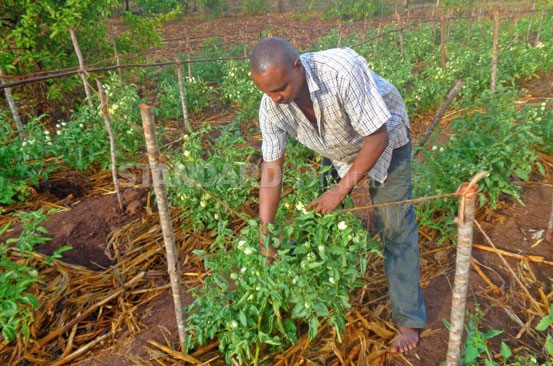×
The Standard e-Paper
Stay Informed, Even Offline

The Kenyan Coast is well known as a great tourist destination. But one woman is also marketing the region as an agricultural hub.
Esther Ngumbi, a resident of Mabafweni in Kwale County was fortunate enough to spend two years in Israel as a visiting scholar and sampled the best of farming technology.